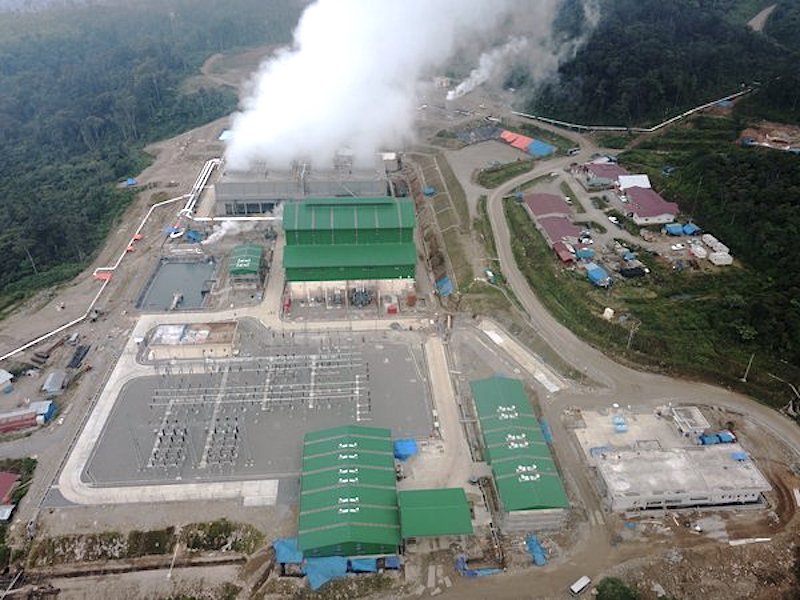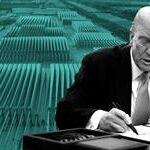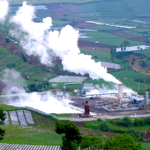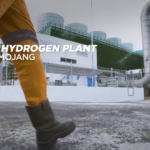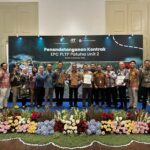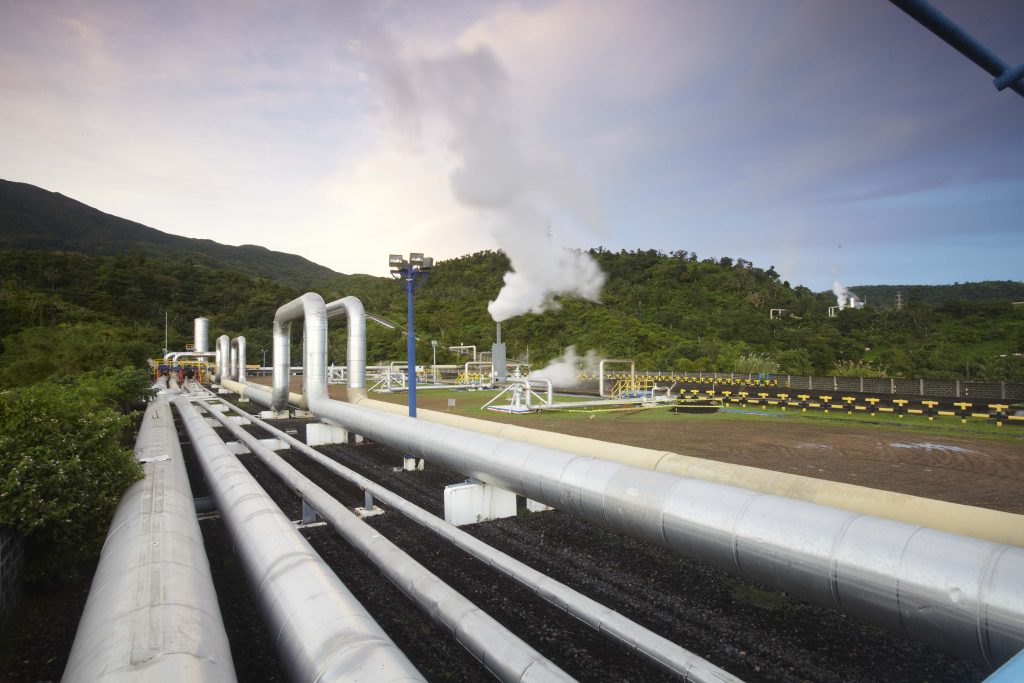Is geothermal valued fairly in power tariffs in Indonesia?
Energy Disrupter
Valuing geothermal fairly as part of the wider energy mix of Indonesia is crucial and middle grounds will have to be found between the government and investors.
A recent article by CNBC in Indonesia implies that geothermal energy might be loosing competitiveness as “geothermal rates are more expensive than those of hydropower (PLTA) plants.”
Despite the great geothermal potential, the utilization of geothermal is lagging behind in development due to it being more expensive than other forms of renewables.
In an interview with CNBC earlier this month, Director of Geothermal at the Directorate General of New, Renewable Energy and Energy Conservation (EBTKE) of the Ministry of Energy and Mineral Resources (ESDM), Harris, said that the average price of geothermal electricity in new contracts is now above $0.10/ kWh, even up to $0.12 to 0.13/ kWh.
Meanwhile, other renewable energy tariffs, according to him, are still below $0.10/ kWh on average. For example, the price of electricity from a hydroelectric power plant (PLTA) is $0.06 to 0.07/ kWh, biomass 0.07 to 0.08/ kWh.
As the sole buyer of electricity from the developer, PT PLN (Persero) will first select and prioritize energy at a lower price.
The picture is though a bit more complex, as we have been reporting before, and has been constant topic of debate for many years. How policies evaluate the different forms of energy, should include their availability, the security of power supply, the fuel cost, the environmental impact, emissions etc. Last but not least it should also include putting a value on a non-intermittent, baseload capacity offered by geothermal energy. As described a lot, the set tariff ceiling that has been in place restricts prices to the present average cost of generation by region. And the major population areas Java and Sumatra have the price of power dominated by subsidized coal fired generation.
So question is how does the Government plan to support renewable energy, particularly with regard to the ceiling tariffs that are set by region that reflect present cost of generation (often low cost coal) and not the future options for power, nor any Renewable Energy sources that may help Indonesia meet commitments under the Paris accord. The development cost for geothermal projects per region is different, but there is also the difference in what source of energy it replaces and what emissions it can save. The determination of value to the overall energy system should include the contribution to Indonesia’s commitment under the Paris Agreement, the baseload capacity for generation provided by geothermal, land use and impact, local economic contribution etc.
From the government’s point, to make geothermal electricity rates more competitive, Director Harris says the government will contribute in reducing the cost of geothermal projects by developing geothermal wells exploration drilling.
Until 2024, the government will participate in drilling exploration in 22 geothermal working areas.
He explained that the government’s role in conducting this geothermal exploration drilling is to reduce the risk of developers. This is because the exploration stage or before production accounts for up to 50% of the risk. This risk is included in the geothermal cost component, so that it will undoubtedly have an impact on the high geothermal tariff.
If the government is involved in drilling geothermal exploration wells, according to him, at least 50% of the developer’s risk will be reduced.
“It is hoped that during implementation, the government will drill for exploration and there will be results, at least 50% of the risk will be reduced,” he said.
Not only can it compete with other types of EBT, this cost reduction is also expected to be able to compete with the Basic Cost of Supplying electricity (BPP) in Java, which reaches $0.07/ kWh.
“After (exploration drilling by the government) is carried out, the risk of geothermal energy can go down and the price can be below $0.07/ kWh,” he said.
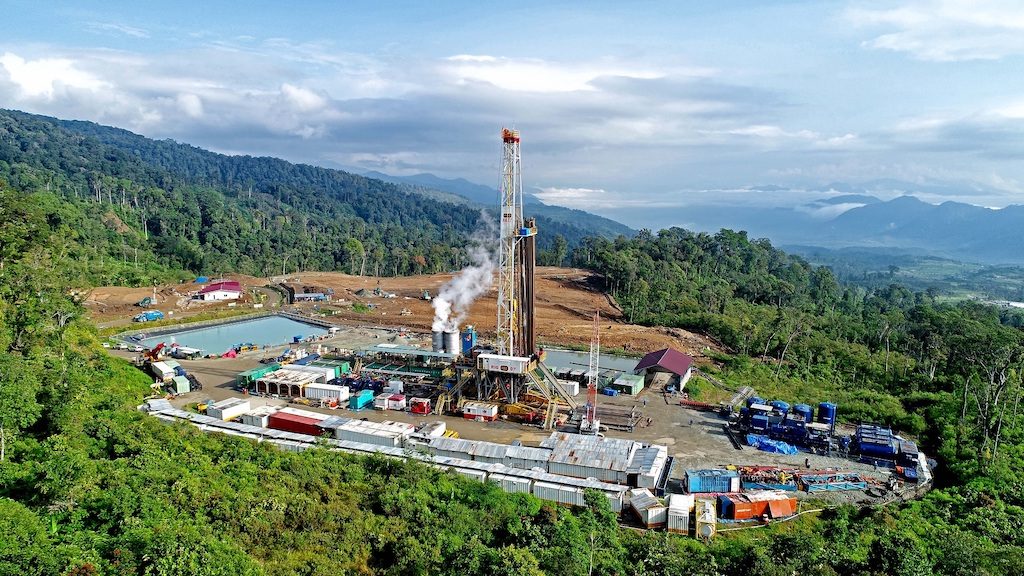
In addition, the government also provides tax allowance and tax holiday incentives to geothermal developers. Not only incentives, the government is currently drafting a new scheme for geothermal electricity tariffs which will later be regulated in a Presidential Regulation (Perpres).
Not only regulations related to geothermal tariffs, the draft Presidential Decree will also regulate other EBT rates such as hydropower, wind, solar (solar), and biomass.
“Now the process is at the State Secretariat. This Presidential Decree is waiting for the initials of the relevant ministries who have the authority in it, the Ministry of Finance, the Coordinating Ministry for Maritime Affairs and Investment, the Ministry of Industry and others,” he explained.
Based on data from the Ministry of Energy and Mineral Resources, Indonesia has the second largest geothermal resource in the world, reaching 23,965.5 MW, below the United States, which has 30,000 MW of resources.
But unfortunately, the utilization of geothermal energy in Indonesia is still minimal, namely only 2,130.7 MW or only 8.9% of the total existing resources. The installed capacity of PLTP (geothermal power plants) is still lower than the Hydro Power Plant (PLTA) which has reached 6,121 MW in 2020.
Overall, the general solution probably lies somewhere in the middle. But the de-risking of projects by government drilling can also mean that the cost for investors to buy into projects might go up. In Kenya, the challenge is that the margins between the price for steam and the power tariffs are too narrow. How the de-risking will reflect on the prices to buy into projects/ securing working areas will have to be seen.
Source: CNBC Indonesia


